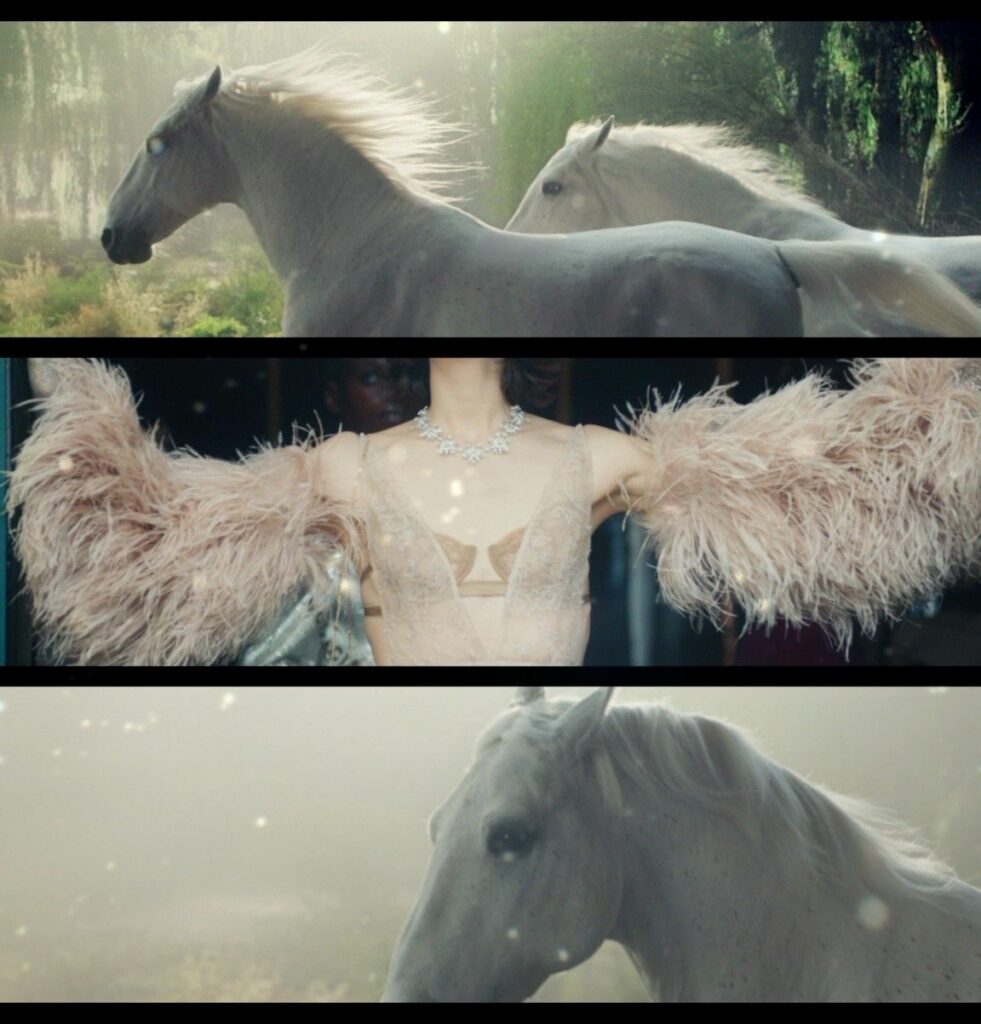Metaverse. It’s a word that’s taken on new resonance since Mark Zuckerberg announced plans to rebrand Facebook as Meta. While it seems like Zuckerberg is laying claim to what he positions as the “successor to the mobile internet”, there’s no denying that all businesses should take note. He describes it as “a set of virtual spaces where you can create and explore with other people who aren’t in the same physical space as you.”
Whatever your take on Facebook’s rebrand, Meta does deliver a clear identity that allows the company to travel in the direction of the future platforms it wants to build. The strategy and reasoning behind the decision are strong, and it’s possible that future generations won’t even be aware that Facebook was Meta. With that being said, it’s unlikely to be the only brand to evolve to such an extent. Even though the metaverse is still an evolving space, there are some ways you can prepare your brand to go meta now.

1. Understand the metaverse to make your brand go meta
The way we consume content has changed forever. This means the way that people consume brands has also shifted. The metaverse is a confluence of many things from social to gaming to crypto where blurred lines have created a reality that’s perceived and used differently by everybody. It allows people to spend time in a decentralised and democratised space, so what does this really mean for your brand?
The metaverse puts people before brands due to its gaming roots, which means the way you position your offering needs to change. This is a space that’s characterised by playfulness, community, and value creation. It’s therefore a space that not only empowers the consumer, but also gives you greater opportunity to get creative with your positioning. You can embed awareness of your products and services in new ways within new and unexplored audiences without worrying so much about the ‘real world’ outcomes.
2. B2B and B2C become much less important in the metaverse
The pandemic has served to blur the distinction between B2B and B2C. The metaverse muddies the waters further since it’s a place to both work and play. Access to all consumer and business services has therefore opened up and the crossover calls for less specific B2B or B2C marketing. If your brand has historically been one or the other, you must find ways to extend your reach beyond traditional customer bases.
Let’s say your area of expertise is fraud prevention and your usual customer is a fraud protection officer. When you venture into the metaverse, you will encounter consumer brands who also need extra support when outsmarting the risk of fraud, so your customer essentially becomes anyone. Corporate convention has no place in the metaverse. This is a time to be more playful.

3. Make the metaverse count for your brand
It’s also a time to be super smart. Because of the blurred lines between B2B and B2C, for example, you need to get extra specific about who you’re targeting and why. Let’s look at long tail marketing as an example of something that’s amplified by the communities taking shape in the metaverse. H&M has seen success by launching a clothes recycling island on Animal Crossing, featuring Game of Thrones star Maisie Williams. Climate conscious fashion lovers may not buy clothes as they play, but they are buying into the brand’s sustainability promise, which will no doubt influence future shopping trips and online shopping behaviours.
Aligning your brand with an experience relevant to your mission will render your products and services more rewarding and meaningful to consumers. These online experiences may be fleeting, but the seed of awareness has been planted, so make sure you stay on point to avoid missing out on valuable new business opportunities.

4. It’s time to explore NFTs
Non-Fungible Tokens (NFTs) refer to digital assets that can’t be exchanged for any other asset of the same type. Put simply, an NFT is unique, it’s exclusive, it’s scarce. All of these qualities inevitably make it ultra-desirable to consumers. What’s more, you don’t need a product to sell in order to create an NFT. It can represent a photo, video or audio file that has been ‘tokenised’ to create a digital certificate of ownership. A record of who owns the NFT is then stored and shared via blockchain technology.
We can look at NFTs as the creation and exchange of value, specifically in the context of communities with explicitly defined interests. Keeping with the theme of exclusivity, we can then look at Gucci as an example. The Italian fashion label partnered with Christie’s to auction what can essentially be described as a piece of digital artwork for millions of pounds.
This takes fashion collectibles to a whole new level, but not all NFTs need to be so expensive, nor do they need to be a work of art. The aim is to make customers feel as though they own something exclusive, regardless of the cost. Just make sure that you’re receiving equal value for what you’re offering, and that the token takes your brand where you want it to go.
In summary, the metaverse demands that brands readjust their way of going to market, but the pandemic has already demanded the same, so the time to act is now. Embracing a mentality of continuous evolution, while taking the steps outlined above, will lead you towards the right opportunities that can deliver more and more value to your customers.
